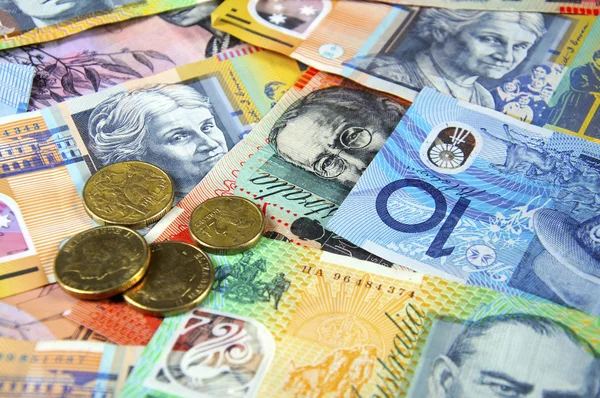Australian dollar recovers intraday losses as the S&P/ASX 200 index improves.
On Tuesday, the Australian Dollar (AUD) recovered intraday losses as the S&P/ASX 200 index improved. However, the Australian financial market opened down. Reflecting overnight losses on Wall Street, but rebounded following media reports that China may lift tariffs on Australian wine by the end of March. Declines in property and mining equities. overshadow advances in consumer-related industries. Adding to overall market gloom. Investors are also cautious ahead of significant economic data releases from Australia and the United States (US). Which will provide insights into both nations’ monetary policy outlooks.
Australian Weekly Consumer Confidence stayed relatively stable at 83.2.
Australian consumer confidence, as measured by ANZ-Roy Morgan, stayed practically constant at 83.2 this week. This is the 56th week in a row that the index has been below 85. The index is only 0.4 points below the 2024 weekly average of 83.6. Investors are now looking forward to the release of the Australian Monthly Consumer Price Index on Wednesday. And Retail Sales data on Thursday for more information about the economic situation.
The US dollar could face a challenge as US yields retrace recent advances.
The US Dollar Index (DXY) has stabilized after recent Declines despite an increase in US yields. Presumably reflecting increased risk sentiment. The Federal Open Market Committee (FOMC) minutes revealed a reaffirmation of the Federal Reserve’s (Fed) data dependent policy. Indicating a more dovish stance that has weighed on the US Dollar (USD). Australian Dollar Investors will pay special attention to key economic measures such as Gross Domestic Product Annualized (Q4). Core Personal Consumption Expenditures, and the Fed Monetary Policy Report, which is planned for later this week.
Daily Market Movers: Australian Dollar recovers as China considers lifting tariffs on Australian wine.
Australian Dollar (AUD) recovered intraday losses as the S&P/ASX 200 index improved. However, the Australian financial market opened down.
TD Securities economists have updated their expectations for the Reserve Bank of Australia’s (RBA) cash rate decisions. While they continue to predict a total of 100 basis points (bps) in rate decreases throughout the easing cycle, The first 25 basis points drop is now expected in November, rather than August as previously projected.
According to the RBA Meeting Minutes, the Board considered hiking interest rates by 25 basis points (bps) or keeping them unchanged. While recent data suggested that inflation will return to target in a fair timeframe, it was acknowledged that this would “take some time.” As a result, the board concluded that it was prudent not to rule out further rate hikes.
It is expected that China will remove tariffs on Australian wine by the end of March. China levied these tariffs in retaliation for US activities against China under the Trump administration.
China’s Commerce Ministry said on Monday, “The US’s The notion that China has created ‘overcapacity’ is incorrect, underlining the US’s unilateral and imperialist policies.”
Chinese authorities declared that the Fujian Coast Guard is strengthening patrols in waters near Taiwan’s Kinmen islands “to effectively maintain operational order in the relevant maritime areas and ensure the safety of fishermen’s lives and property.”
Commerzbank economists have revised their projection, predicting the first interest rate drop at the Federal Open Market Committee’s (FOMC) meeting in June rather than May. This adjustment is attributable to a lower risk of a recession. As a result, they predict a less aggressive monetary policy easing than previously expected. Instead of eight rate decreases, they now estimate five, with three in 2024 and two in 2025.









